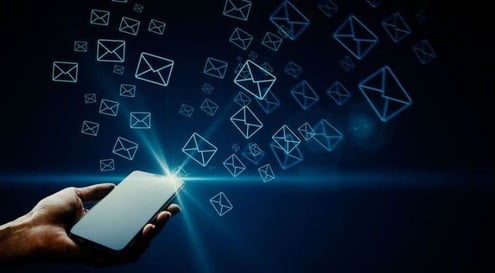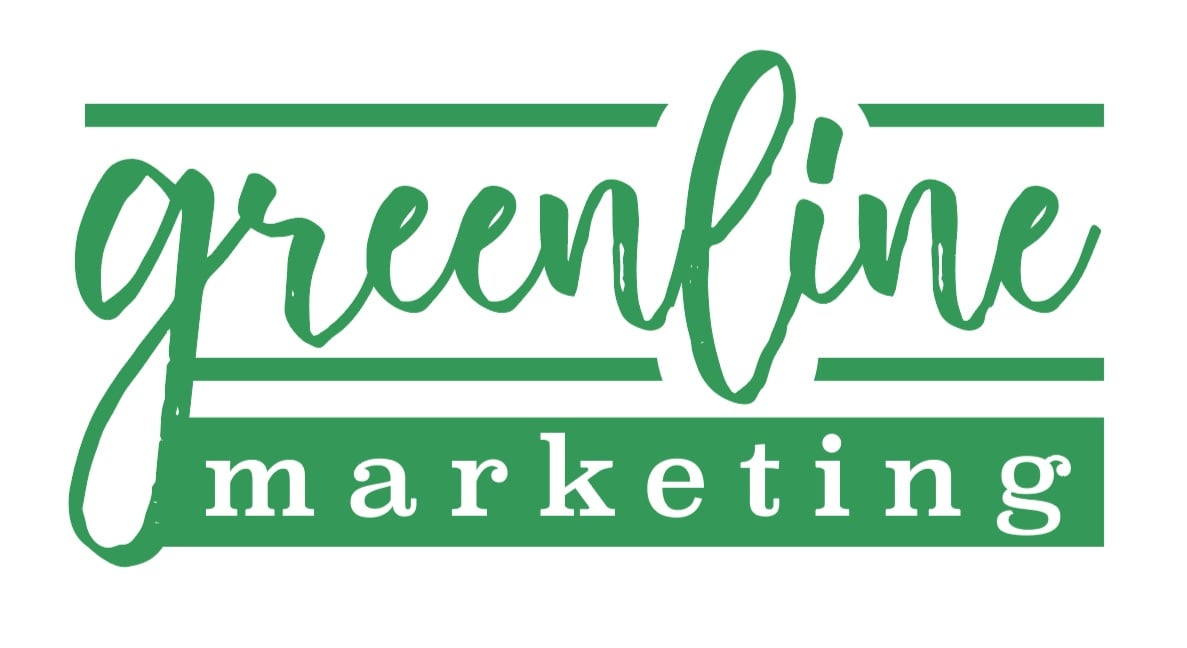In 2023, it’s projected there will be 4.3 billion email users. Email marketing is a tried and true way to engage with your customers and get them the information they want. A well-thought email marketing campaign can be successful for many reasons. Some of those reasons include: 1) email has a larger reach than most marketing tactics, 2) it delivers your message to your intended audience, and 3) it’s a preferred way of communication in terms of marketing.
It’s crucial to have a planned out email strategy to see results. Here are some tips for creating a useful and realistic email marketing strategy...

know your goals
What do you hope to get out of email marketing? What results do you want to see? These are two important questions to ask yourself when developing your email strategy. An email marketing strategy could look very different for someone who is explicitly selling a product, versus someone who is hoping to increase engagement by offering weekly or monthly emails with informational messaging.
Common email marketing campaign goals include:
- Increase email open rate
- Welcome new subscribers
- Create automated email campaigns
- Connect with subscribers
- Make sure emails are accessible
- Improve click rate
- Nurture existing subscribers
- Cross-sell / Up-sell current customers
These are just a few examples of email goals many businesses use. These goals can be adjusted to fit your strategy.
create segmented lists
Emails have the biggest impact when they are sent to the right people. This is where segmented email lists come into play. List segmentation is the act of dividing your email subscribers up into smaller groups based on their interests and overall demographics. By segmenting your lists, it gives your subscribers more of a personalized email experience. You might split your lists into groups by your consumers buying habits, familiarity of your company, or their professional background.
choose an email type
Once you have chosen some concrete goals for your email marketing tactics, it’s time to choose a type of email. As mentioned, your emails will look very different depending on your goals. There are three different general email types that classify and help determine how you’re going to design your emails.
- Promotional Emails: These emails are great if you want to sell your products and services to your audience.
- Relational Emails: These emails aim to increase the visibility of a brand by offering a weekly or monthly newsletter, a free resource, or relevant information that readers can use.
- Transactional Emails: This type of email includes subscriber sign-up, confirmation of orders, and welcome messages to new subscribers.
Spend time thinking about your end goal, and who you’re talking to; then you can more confidently pick the best type to suit your needs. Don’t try to combine multiple email types into one email, it can get confusing to the reader and muddle the call to action. Create different campaigns if you have multiple different email marketing goals.

utilize useful features
Email marketing is a great way to draw your customers in, but they may not be interested if you don’t utilize the right features. Some of these tools are used directly in an email composition tool, others might be used on your website. The first feature you’ll want to utilize is an email opt-in form on your website. This feature doesn’t require too much of a commitment from the visitor, but gauges interest. Businesses generally have a pop-up or section at the end of their pages for users to add subscribers to an email list. Try using a welcome gate or a lightbox pop-up to grab the attention of your website visitors.
Another feature you’ll want to incorporate into marketing emails is compatibility with all types of devices and customers. You want to make the experience for each email recipient as easy and comfortable as possible. This includes making your emails mobile-friendly and accessible across email platforms.. You also want to make sure the images you use in your email are displayed properly for optimal user experience.
A third feature your emails should include is useful links. Include links relevant to the rest of the content in your email and opportunities for readers to learn more. If you’re referring to a sale in your email, make sure you link to the sale page on your website. Read through your email and confirm readers have access to web pages that relate to the email content if they want or need more information. Emails should also include links to customer service and to the homepage of your website for easy access.
plan ahead
 Before you fully start your email marketing campaign, it’s crucial to create a proactive plan. It doesn’t need to include every small detail, but should include things like what email service you’ll be using, when you want emails to get sent out (specific days and frequency), an outline of email content, and your main goal for each email. By taking these early, email marketing can be a less stressful process overall.
Before you fully start your email marketing campaign, it’s crucial to create a proactive plan. It doesn’t need to include every small detail, but should include things like what email service you’ll be using, when you want emails to get sent out (specific days and frequency), an outline of email content, and your main goal for each email. By taking these early, email marketing can be a less stressful process overall.
Email campaigns are a marketing tactic that will likely be around for many years to come. It’s a great way to communicate with current and potential customers and provide useful information. Perfecting marketing emails won’t happen overnight, but it’s worth it once you see results from your email tactics. Start planning your email strategy now...thank us later!
We’re working on an entire email marketing series of blogs; next up is how to create impactful subject lines for your emails.




